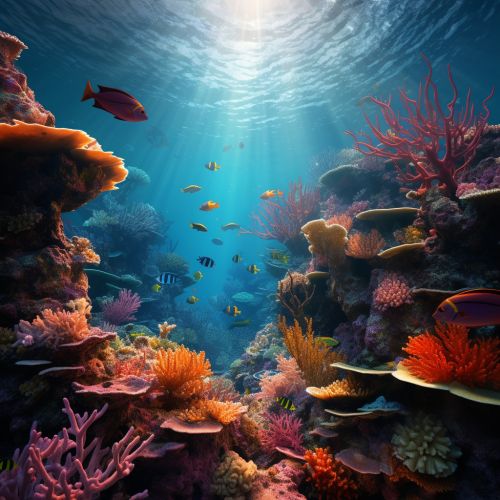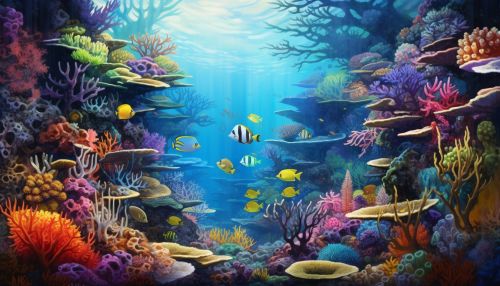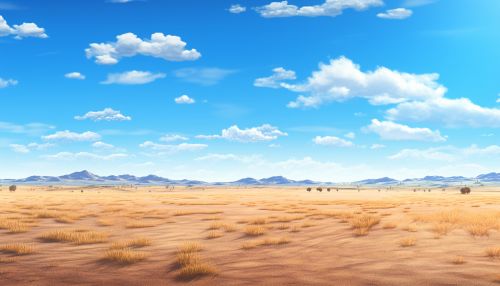Environment
Introduction
The Environment is the natural world in which all living and non-living entities exist and interact. It encompasses everything from the smallest microorganisms to the vast expanses of the planet's ecosystems. The environment is a complex web of biological, physical, and chemical processes that support a wide array of life forms.


Components of the Environment
The environment is typically divided into two main components: the biotic environment and the abiotic environment. The biotic environment includes all living organisms, while the abiotic environment consists of non-living elements such as air, water, and soil.
Biotic Environment
The biotic environment is made up of all living organisms, including animals, plants, fungi, and microorganisms. These organisms interact with each other and with their physical surroundings in complex ways, forming intricate ecosystems. The study of these interactions is known as ecology.


Abiotic Environment
The abiotic environment includes all non-living elements of the environment, such as air, water, soil, and sunlight. These elements play a crucial role in supporting life on Earth. For example, sunlight provides energy for photosynthesis, while soil provides nutrients for plant growth.
Environmental Factors
Environmental factors are conditions or elements that influence the survival and development of organisms. These factors can be physical (such as temperature and light), chemical (such as pH and salinity), or biological (such as competition and predation).
Physical Factors
Physical factors include temperature, light, water, and wind. These factors can significantly influence the distribution and behavior of organisms. For instance, light intensity affects photosynthesis in plants, while temperature can determine the metabolic rate of animals.


Chemical Factors
Chemical factors include the concentration of various substances in the environment, such as oxygen, carbon dioxide, nutrients, and toxins. These factors can affect the growth, reproduction, and survival of organisms.
Biological Factors
Biological factors include interactions between organisms, such as competition, predation, and symbiosis. These interactions can influence the distribution and abundance of species in an ecosystem.
Environmental Science
Environmental science is an interdisciplinary academic field that integrates physical and biological sciences to study the environment and solve environmental problems. It involves the study of the physical components of the planet and the complex interactions among the various biological systems.


Environmental Issues
Environmental issues are problems or threats that affect the natural world and the living organisms that depend on it. These issues can be caused by human activities, such as pollution, deforestation, and climate change.
Pollution
Pollution is the introduction of harmful substances or products into the environment. It can take many forms, including air pollution, water pollution, and soil pollution. Pollution can harm human health, damage ecosystems, and contribute to global warming.
Deforestation
Deforestation is the removal or clearing of forests, often to make way for agricultural activities or urban development. Deforestation can lead to loss of biodiversity, disruption of ecosystems, and increased carbon dioxide levels in the atmosphere.
Climate Change
Climate change refers to long-term changes in temperature and typical weather patterns in a place. It is primarily caused by human activities, especially the burning of fossil fuels, which increase the concentration of greenhouse gases in the atmosphere.
